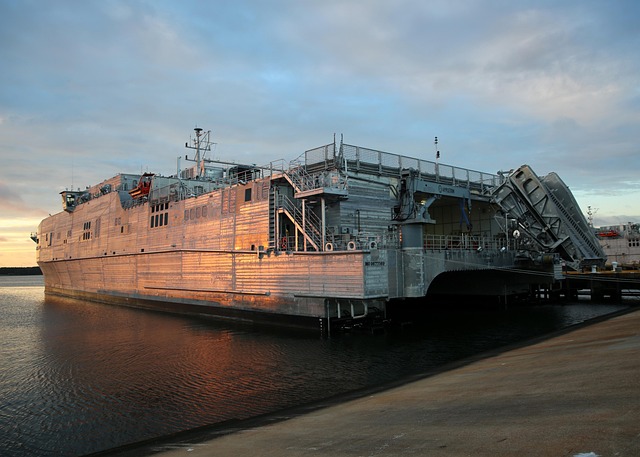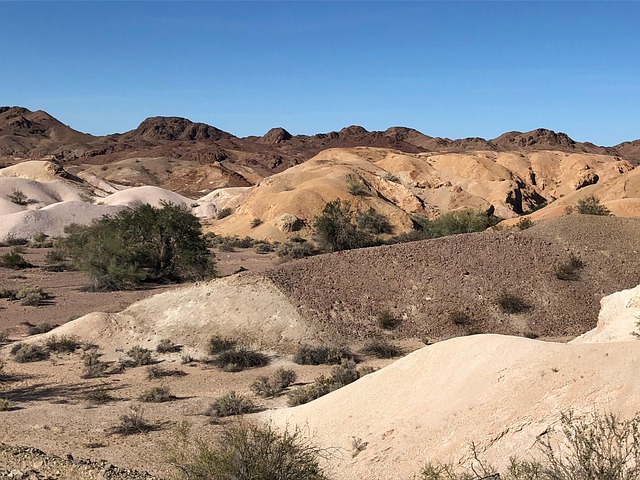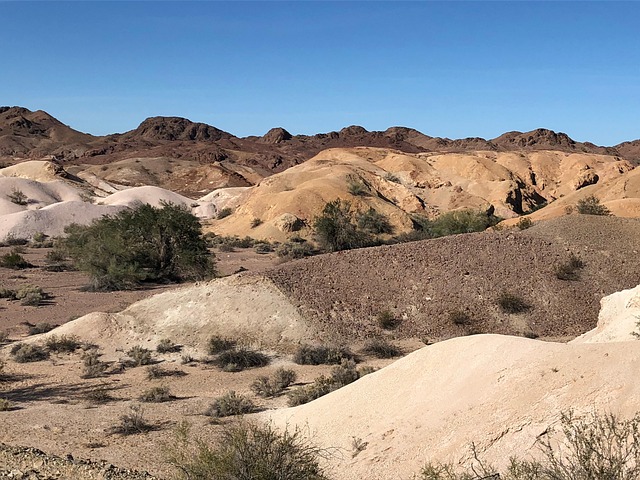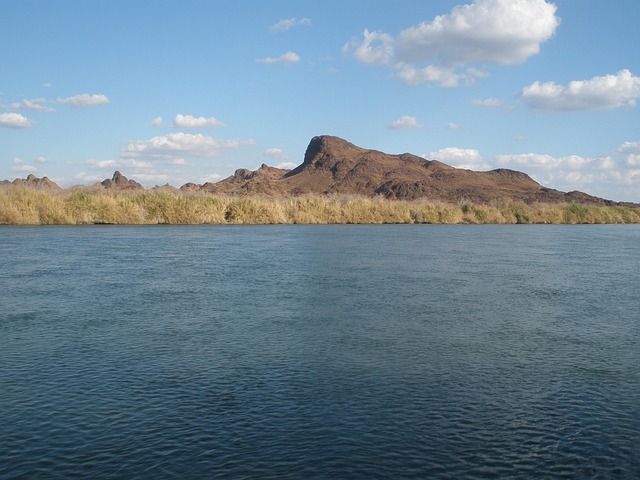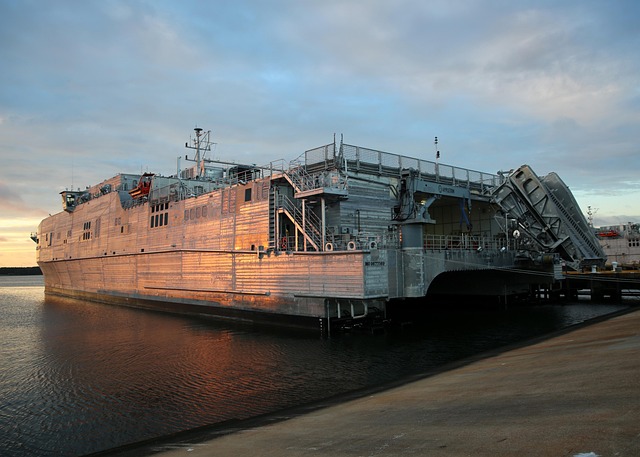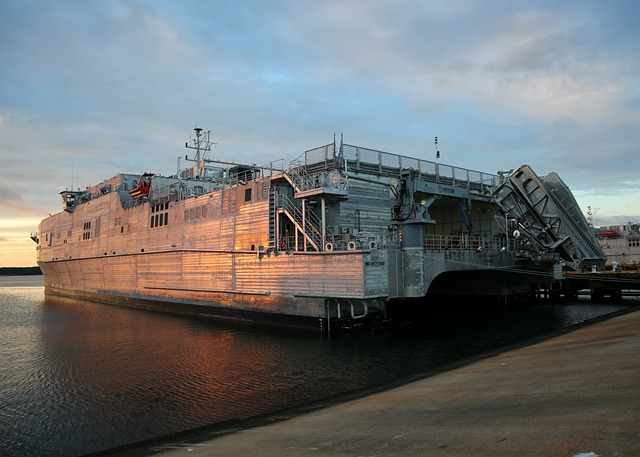In border cities, agriculture drives the economy and culture, influencing Real Estate trends. Fertile soil and strategic location enable robust farming, supporting local consumption and trade. This agricultural dominance translates to high-value farms and ranches in the Real Estate market. Technological advancements in farming, like vertical farming and hydroponics, drive demand for modern, spacious properties. Strategic development integrating farmland, residential areas, and commercial spaces fosters economic growth, food security, and improved quality of life, attracting diverse populations and investors.
Border cities, often overlooked, play a pivotal role in global agriculture due to their unique geographical advantages. This article explores how these urban centers have become thriving agricultural hubs, driving economic growth and rural-urban integration. We delve into the key industry dynamics, real estate trends, and emerging opportunities that make border cities attractive for investors and residents alike. Discover how sustainable practices and innovative technologies are shaping the future of agriculture in these strategic locations, with a particular focus on real estate developments.
Border City Agriculture: A Key Industry
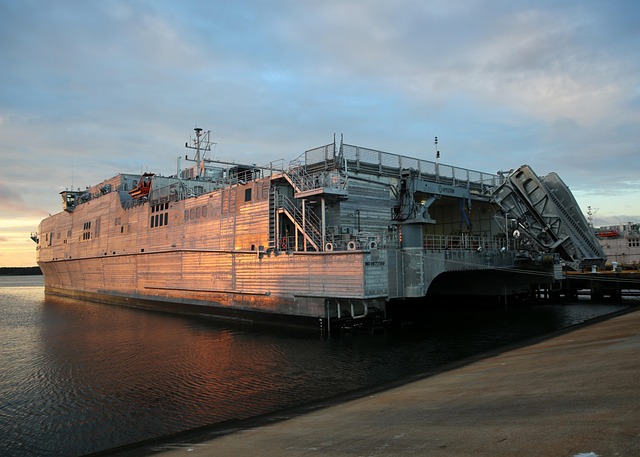
In a border city, agriculture stands as a cornerstone of its economy and cultural identity. The region’s fertile land and favorable climate create an ideal environment for farming, making it a hub for both local consumption and regional trade. This agricultural prominence is reflected in the city’s vibrant Real Estate market, where vast farms and ranches are highly sought after for their potential to produce abundant crops and livestock.
The city’s strategic location at the border facilitates efficient distribution of its agricultural goods, further boosting its economic prosperity. Farmers and ranchers benefit from proximity to markets, while residents enjoy access to fresh, locally sourced produce. This symbiotic relationship between agriculture and urban life creates a dynamic ecosystem that defines the city’s character and drives its Real Estate values, ensuring a prosperous future for all.
Real Estate Trends in Agricultural Hubs
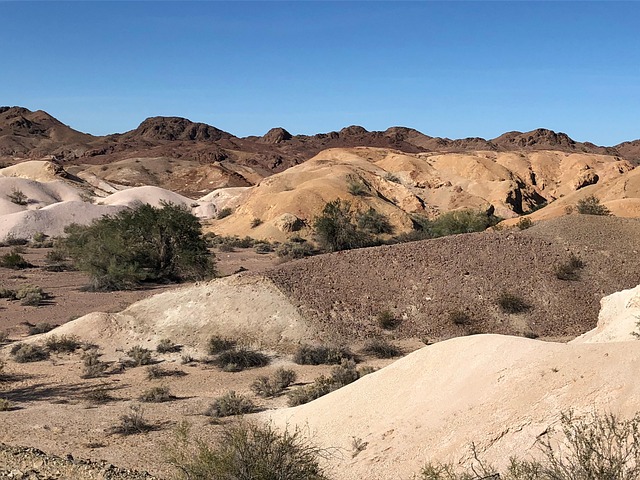
In border cities with a strong agricultural focus, real estate trends often reflect the area’s unique characteristics and needs. As farming becomes more specialized and technology-driven, land usage is evolving accordingly. This shift has led to an increased demand for properties with ample space, suitable for modern farming techniques and storage facilities. Many developers are responding by offering large-scale agricultural plots and custom-built buildings designed to accommodate advanced farming equipment.
These real estate developments cater to the growing need for efficient food production and distribution, a key aspect of border cities’ agricultural prominence. With access to transportation networks and proximity to markets, these properties offer investors and farmers attractive opportunities. The trend towards vertical farming and hydroponics also plays a role, as urban areas seek sustainable and space-efficient agricultural solutions.
The Future of Rural-Urban Integration in Border Cities
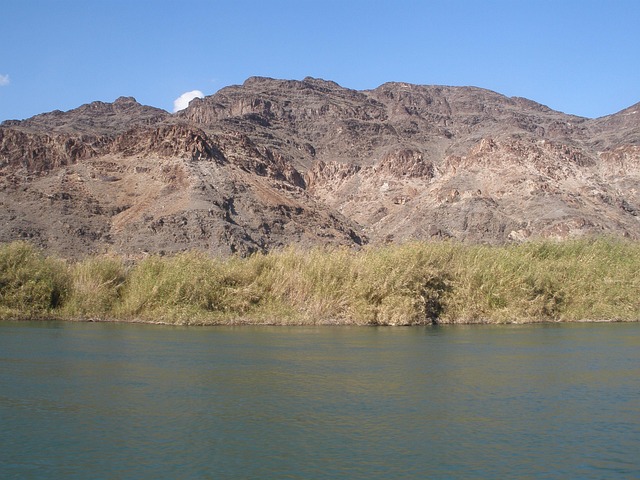
In border cities with agricultural prominence, the future of rural-urban integration holds immense potential for both economic growth and quality of life improvements. As urban areas expand, there’s a growing need to integrate seamlessly with surrounding rural landscapes. This involves strategic planning in real estate development that respects agricultural heritage while catering to modern demands. By fostering a harmonious blend of farmland, residential areas, and commercial hubs, these cities can attract diverse populations seeking affordable living, vibrant communities, and access to fresh produce.
Such integration promotes sustainability, enhances food security, and strengthens local economies. It encourages the preservation of agricultural land through innovative farming practices and agritourism initiatives. Real estate developers play a crucial role in facilitating this transition by adopting sustainable building methods, promoting green spaces, and designing infrastructure that supports both rural and urban lifestyles. This dual focus ensures border cities remain vibrant, resilient, and attractive to residents and investors alike.
